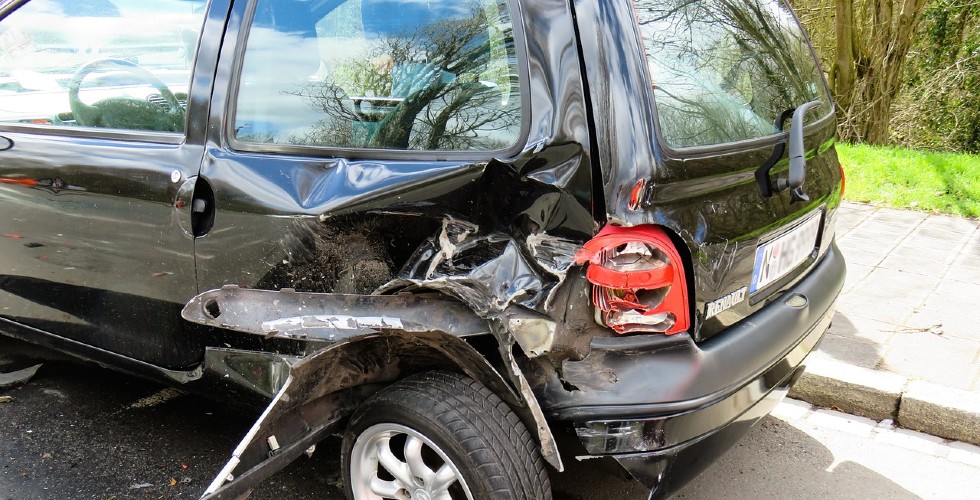Hit and run accidents are a distressing experience for anyone involved. The sudden shock, potential for injury, and the added frustration of the at-fault party fleeing the scene can be overwhelming. Understanding the steps to take immediately following a hit and run, as well as the subsequent legal process, is crucial for anyone who finds themselves in this unfortunate situation.
Immediate Actions Post-Incident
1. Check for Injuries and Get to Safety: Before anything else, assess yourself and any passengers for injuries. If anyone is hurt, call 911 immediately. If the vehicle is in a dangerous position or on a busy road, move to a safe place if it’s possible and safe to do so.
2. Call the Police: As soon as you’re in a safe location, call the police. A hit and run is a crime, regardless of the severity of the accident. The officers will file a report which is essential for insurance claims and any legal action. They’ll also start an investigation, which may involve looking for surveillance footage or witnesses.
3. Gather Evidence: If you can, collect as much evidence from the scene as possible. Take pictures of your vehicle from different angles, showing the damage and the surrounding area. Look for any potential witnesses and ask for their contact information. If you happen to catch any details of the fleeing vehicle, like the license plate number, make, model, or color, write it down immediately.
4. Seek Medical Attention: Sometimes, injuries aren’t immediately apparent due to the adrenaline rush. Visit a doctor as soon as possible to rule out any hidden injuries or to begin treatment for those detected.
5. Notify Your Insurance Company: Inform your insurance provider about the hit and run as soon as possible. They will need the police report and any evidence you collected to process your claim. Some policies require a report to be filed within 24 hours of the incident.
Navigating the Legal Process
1. Understanding the Legal Definition: A hit and run involve a driver causing an accident and leaving the scene without providing contact information or aiding the injured. The legal implications can be severe, ranging from fines and points on the driver’s license to potential jail time, depending on the jurisdiction and the accident’s severity.
2. The Role of Uninsured Motorist Coverage: If the at-fault driver isn’t identified, your insurance policy’s uninsured motorist coverage may cover the damages. This coverage is designed to compensate for medical bills and car repairs if you’re hit by a driver who is either uninsured or cannot be located.
3. The Investigation: Law enforcement will investigate the incident by collecting surveillance tapes, witness statements, and any physical evidence from the scene. They may also issue a public call for information if there are few leads.
4. Legal Representation: Consulting with a personal injury attorney can be beneficial, especially if you’ve been injured. A lawyer can navigate the complex legal landscape, deal with insurance companies, and if the at-fault driver is found, file a lawsuit on your behalf.
5. Civil vs. Criminal Proceedings: The fleeing driver, if caught, may face criminal charges, which is a separate process from your civil claim for damages. Your attorney can help you understand these processes and how they may intersect.
Moving Forward
1. Emotional Impact: The psychological impact of a hit and run should not be underestimated. It may be helpful to speak with a professional counselor to cope with any trauma or anxiety resulting from the incident.
2. Advocacy: Becoming an advocate for stricter hit and run laws or improved road safety measures can be a way to help prevent future incidents and to find a sense of purpose following such a traumatic event.
3. Preventive Measures: Consider installing a dash cam in your vehicle. In the event of future incidents, this can provide invaluable evidence for the authorities and insurance companies.
Conclusion
Being involved in a hit and run accident is undoubtedly challenging, but taking the correct steps immediately afterwards can mitigate some of the difficulties. Gathering evidence, filing a police report, seeking medical attention, and contacting your insurance provider are essential first steps. Understanding the legal process and seeking professional guidance can help ensure that you are protected and compensated accordingly. While you can’t control the actions of the driver who fled, you can control how you respond to the situation, legally and personally.

